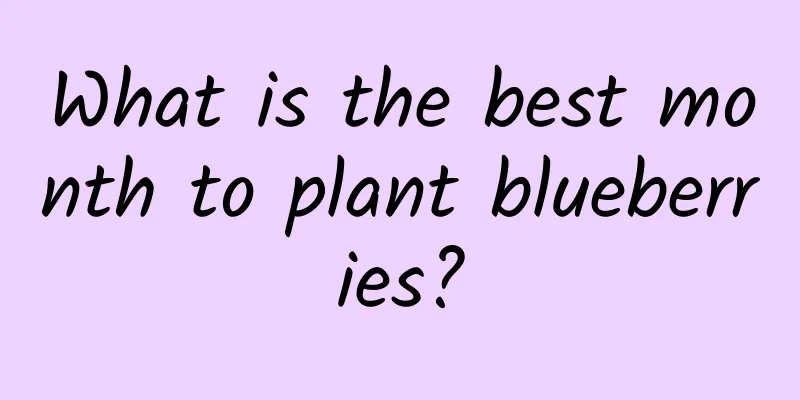What are the cultivation methods and precautions of mulberry leaf peony

Growth habits of mulberry leaf peonyMulberry-leaf peony prefers warm and humid growing conditions. It can be cultivated in full sunlight and can be kept in strong direct sunlight in summer. The temperature in winter must be controlled above 6°C, otherwise the plant will be easily affected by frost damage. Mulberry leaf peony cultivation methodSoil: Mulberry leaf peony is not demanding on soil and grows well in loose and fertile soil with a pH value between 6.5-7. Light: Mulberry leaf peony likes to grow in an environment with sufficient light, especially during the flowering period. Sufficient light is conducive to the formation and opening of flower buds, and the growth state of the plant will also be better. Temperature: Mulberry leaf peony prefers warm and humid growing conditions. It can be cultivated in full sun and can be kept in strong direct sunlight in summer. The temperature in winter must be controlled above 6°C, otherwise the plant will be easily affected by frost damage. Watering: Just follow the principle of watering thoroughly when the soil is dry. In the hot summer season, water evaporates quickly, so you can spray water on the plant to keep it moist. Try to water it once in the morning before the temperature rises, and do not water it during the hot midday period. Fertilization: When raising mulberry leaf peony at home, you can apply some decomposed organic fertilizer or compound fertilizer in appropriate amounts, and apply it thinly and frequently. It can be diluted into fertilizer water for watering, and fertilization should be stopped in winter. Precautions for cultivation of mulberry leaf peonyRepotting regularly: The soil in the pot needs to be replaced once a year to prevent the soil from becoming compacted due to long-term use. When repotting, you need to choose a larger one to ensure that its roots have enough space to grow. When repotting, you need to trim its roots, remove rotten roots and dry roots, and then repot it. Pests and diseases: Common pests of mulberry leaf peony include red spiders and aphids, which can be killed by spraying 10% insecticide emulsion. When the plant has anthracnose or leaf spot disease, methyl thiophanate powder can be used to spray according to the instructions. |
<<: When is the best time to sow rose seeds?
>>: How to care for potted golden marbles? How to cultivate golden marbles in potted plants
Recommend
The reason why the leaves of bougainvillea fall off when touched and the solution
1. Reasons 1. Improper watering: Bougainvillea ne...
Cultivation methods and precautions of apricot flowers
1. Maintenance methods 1. Soil: The soil for grow...
What to do if the leaves of Christmas cactus become thinner
1. Proper watering Reason: Watering Christmas cac...
How to fertilize Calla Lily
1. Fertilization techniques for calla lily Calla ...
What to do if the leaves of Chlorophytum are withering
1. Change pots regularly (1) Specific reason: Reg...
Difference between sweet peas and snow peas
1. Leaf Difference The leaflets of sweet pea are ...
Cultivation methods and precautions of Golden Pothos
Golden Pothos is a common indoor foliage plant, a...
Can rice bran be used as fertilizer?
Rice bran as fertilizer Rice bran can be used as ...
The difference between Daxuesu and Xiaoxuesu
The difference between the two In Dali, Yunnan, t...
The difference between Qian's Tower and Fang Tower
The difference between the tower of red and the s...
How to grow colored calla lilies and how many years can they last
1. Breeding methods 1. Substrate: It is recommend...
What to do if the violet leaves are rotten
1. Place in a ventilated place (1) Specific reaso...
How to cultivate ice lantern jade dew
Farming methods Pot soil Ice Lantern Jade require...
It’s so sunny at the beginning of autumn, no wonder all the succulent plants are dying!
Chihuahua Chihuahuas are still in their dormant p...
Tips for growing indoor flowers in winter
Temperature Control In winter, even in a warm roo...









